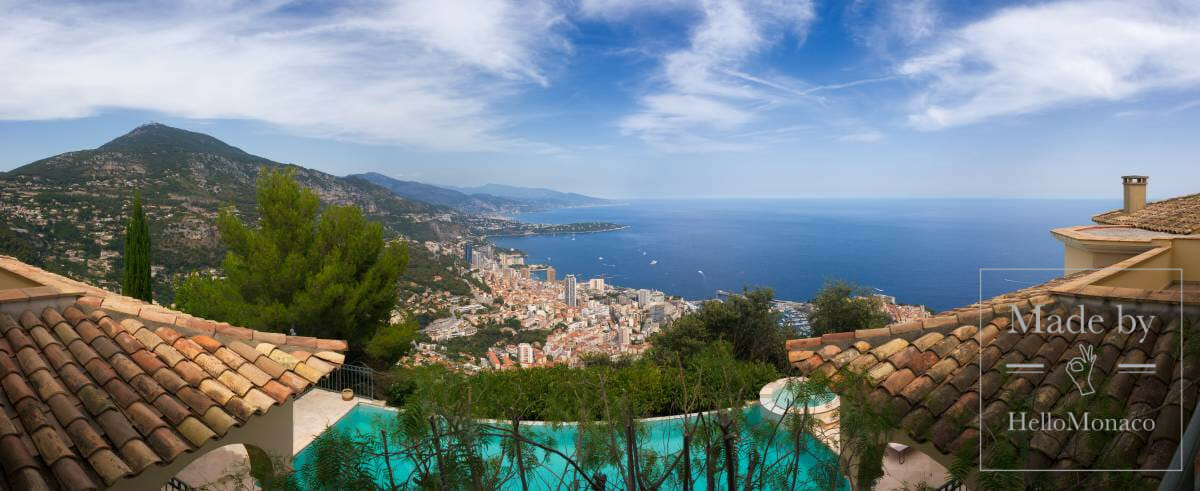Would you believe that Monaco was almost destined to be a sleepy little town, oblivious of the effects of modernity on all its neighbours. In 1850 all the major traffic passing between Nice and Menton and Genoa took the Grande Corniche and bye-passed the Principality.
It took an expertly-driven carriage or plain sure-footedness to descend to Monaco from the main thoroughfare, along roads that were not much better than mule-tracks.
Enter the visionary Prince Charles III with the idea of attracting rich tourists to Monaco, with the Casino as a magnet. How to get everyone channelled into Monaco? The Railways.

Monaco Railway History
Destiny struck with a smile. Railways were the source of the industrial revolution everywhere else and better still created a tourist and Casino revolution in Monaco. And so Prince Charles III and Emperor Napoleon III made a pact enshrined in Article 5 of the Treaty of 1861 for the main railway line along the coast to pass through Monaco – with Charles III also ensuring that all trains make a stop at Monaco’s two original stations.
This was in the days, of course, when the railway was designed to run above ground.
In fact the first train arrived in Monaco 150 years ago in 1868, even though completion work for the whole project took until 1881 (major projects with their complexities do seem to bring with them inherent delays – the more things change the more things stay the same!).
So successful was this railway that arrived almost at the foot of the Casino that Monaco’s tourist industry took off and profits took off with them. And that set another precedent for which Monaco has become famous. Can you guess what it is? The abolition of direct taxes in 1869. No income or direct taxes were levied in Monaco from them on.
The railway by the coast and the Casino basked that way unchanged, in sight for all, for almost 100 years until 1964.

Every solution brings with it new problems and the seeds of its own destruction. Prince Rainier III had to address how to accommodate the world’s rich and famous who were flocking to Monaco. The Principality had limited space much of which was eaten up by the railway.
Nowadays, those sorts of answers tend to come from looking up into the sky or gazing into the sea. Prince Rainier instead looked down into the depths below Monaco. And into his mind sprang the idea of a subterranean railway to free up the space at ground level.
When we think today of giant engineering projects like Portier Cove, they are not a first for Monaco. The Principality has always had its fair share and the underground railway system and the unique Gare de Monaco is one of them.
And so under Prince Rainier III, starting in the 1958 to 1964 time period, the railway, once a highly visible driver of the tiny country’s success, did a vanishing act in two stages, eventually to be crowned by a single magnificent underground station, Monaco, Monte Carlo, in 1999.









